Oregon Is for Nuts! Hazelnuts
Some years ago The Commonwealth of Virginia launched a tourism slogan declaring “Virginia Is for Lovers.” With tongue in cheek and not to be outdone, Maryland promoted “Maryland Is for Crabs.” Since almost all the hazelnuts in the USA are grown in Oregon, one could infer that “Oregon Is for Nuts.” As a matter of fact, the noble hazelnut was declared the state nut in 1989.
According to Qualityinfo.org;
“Orchards are not very difficult to find in Oregon. In the Columbia Gorge, one can hardly miss the cherry, pear and apple orchards. In southern Oregon, pear orchards fill Jackson County’s countryside. The Willamette Valley has a variety of fruit and nut orchards, but more acres in the valley are planted in hazelnuts than any other fruit or nut tree. In fact, the Willamette Valley produces approximately 99 percent of the hazelnuts grown in the United States.”
I learned that much of Oregon’s hazelnut crop is exported to Europe, which probably accounts for the sticker price for toasted hazelnut oil from France and the UK.
During our first years driving about the Oregon countryside, we were amazed at the number of fruit orchards (cherries, apples, pears), hazelnut groves, various fields of flowers such as tulips and iris, and marionberries (a local hybrid of the blackberry, developed at Oregon State University in Corvallis). Salem is not only the capital of Oregon but the county seat of Marion County. Thus the name marionberry. This should not be confused with another Marion Berry, the former Mayor of Washington, DC, who often ended up in jams as well. There the similarity ends. Isn’t it interesting the affinity that fruits and nuts have for one another?
If you’re still with me you may be thinking that I’ve partaken too much of the nut. I must admit that growing up in Texas I loved all things pecan – still do.
One of my first cookbooks was The Helen Corbitt Cookbook. I have often relied on her books to help me create show-stoppers for my table and events. Her salmon mousse is elegant and when you add smoked salmon it becomes ethereal.
Helen was a transplanted Yankee from New York who fell in love with Texas and Texans. It was a mutual love affair for the rest of her life. To this day she is still much revered for her food and charm.
Ms. Corbitt went from the Tearoom at The University of Texas to the Houston County Club, then was lured to the Tearoom at Joske’s Department Store, then to the Driskill Hotel in Austin. In 1955, Stanley Marcus convinced her to cook for The Zodiac Room at the downtown Neiman-Marcus store in Dallas. She remained there until she retired in 1969. Many of her recipes are still on the menu, including her famous Poppy Seed Dressing.
She claims that over the years people tried to credit her with inventing the dressing. She said that she hesitated to deny that, but she merely made it popular. And did she!
Many years ago a dear friend, Byron Franklin, suggested using walnut oil and a fruit-infused vinegar in the dressing. It was terrific. Here’s my Oregon take on it, using toasted hazelnut oil and raspberry vinegar.
Oregon Poppy Seed Dressing
—adapted from a Helen Corbitt recipe
Helen claimed that it was the best dressing in the world for ruby red grapefruit, and she was right. I can’t stop there, though. I also use it on avocado, melon and grapes. Add nuts, too, if you wish.
- 1½ cups (360 ml.) sugar
- 2 teaspoons (10 ml.) dry mustard
- 2 teaspoons (10 ml.) salt
- ⅔ cups (160 ml.) raspberry wine vinegar
- 3 tablespoons (45 ml.) onion juice*
- 2 cups (480 ml.) toasted hazelnut oil
- 3 tablespoons (45 ml.) poppy seeds
*See how to obtain it, below.
Mix sugar, mustard, salt and vinegar. Add onion juice and stir it in thoroughly. Add oil slowly, processing until thick. Add poppy seeds and process for a few seconds. Store in a cool place or the refrigerator, but not near the freezing coil.
It is easier and better to make with a food processor. The onion juice is obtained by grating a large white onion on a zester or rasp for zesting citrus or grating hard cheeses. (Prepare to weep in either case.) If the dressing separates, pour off the clear part and start all over, adding the poppy-seed mixture slowly. It will not separate unless it becomes too cold or too hot. Helen says, “It is delicious on fruit salads of any kind, but has a special affinity for grapefruit, and in combinations where grapefruit is present. One of my most popular buffet salad bowls at the Houston Country Club, where I was manager, was finely shredded red cabbage, thinly sliced avocado, and halves of fresh grapes with poppy-seed dressing, but then, as I said before, poppy-seed dressing fans like it on anything.”
This is a very assertive and thick dressing. Use it sparingly at first, as you only want to complement your main ingredients. You can always add more.
You may find the toasted hazelnut oil and raspberry vinegar a little pricey, but this recipe makes almost 4 cups. You can probably substitute any nut oil (toasted or not) that will complement the vinegar, and you should still taste the fruity punch of the raspberry vinegar. If the nut oil cannot be found, use an unflavored vegetable oil, such as canola.
Roasted Hazelnut and Sage-crusted Halibut
- One pound (454 gr.) halibut fillet or two ½-pound (227 gr.) filets
- Chopped blanched hazelnuts (about ½ cup or 120 ml.)
- Finely minced fresh sage leaves
- Oil for coating halibut
- Salt and fresh ground pepper
Brush or spray filet of halibut with oil (leftover hazelnut oil would be good).
Coat with chopped nuts and sage.
Preheat oven to 450 °F (235 °C). Spray rimmed, foil-lined baking sheet with nonstick spray. Mix chopped hazelnuts and sage in small bowl; sprinkle with salt and pepper. Brush each fish fillet with 1 tablespoon (15 ml.) oil; sprinkle with salt and pepper. Place fish on prepared baking sheet. Sprinkle nut-sage mixture atop fish and press to adhere. Roast fish until just opaque in center, about 8 minutes. If crisper topping desired, preheat broiler and broil fish about 1 minute, watching carefully to prevent burning. Remove fish when temperature in thickest part reaches 120 °F (50 °C). Serves 2-3.
In Brand-New Book of Great Cookies, Maida Heatter suggests the following:
“To skin hazelnuts, spread them on a jelly roll pan and bake at 350 °F (175 °C) for 15 to 20 minutes, or until the skins parch and begin to flake off. Then wrap them in a towel and let them stand for 15 to 20 minutes. Then, working with a small amount of the nuts at a time, place them on a large, coarse towel (I use a terrycloth bath towel). Fold part of the towel over to enclose the nuts. Rub firmly against the towel, or hold that part of the towel between both hands and rub back and forth. The handling and the texture of the towel will cause most of the skins to flake off. Pick out the nuts and discard the skins. Don’t worry about the few little pieces of skin that may remain.”
Roasted Pears with Crater Lake Blue Cheese and Oregon Poppy Seed Dressing
Roses are red, Roquefort is blue; Serve me this cheese, And I’ll always be true. ~ Clementine Paddleford - Gourmet Magazine - February 1947
- 1 pear D’anjou or Bartlett
- Mesclun mix for two
- Crushed toasted hazelnuts
- Oregon Poppy Seed Dressing
- Crater Lake Blue Cheese or Gorgonzola or a crumbly blue cheese of your choice
-
Put oven rack in middle position and preheat oven to 425 °F (220 °C).
-
Slice pear into quarters and remove center with seeds. Slice each quarter into three slices and peel.
-
Lightly oil a small foil-lined sheet pan and place pears slices on pan.
-
Drizzle with oil (hazelnut would be great) and brush to coat.
-
Season with salt and fresh ground white pepper.
-
Roast pears, stirring and turning over twice, until pears are tender and beginning to brown, 20 to 30 minutes, then cool about 15 minutes.
-
Arrange pear slices over mesclun mix, top with cheese and crushed nuts, then drizzle lightly with dressing.
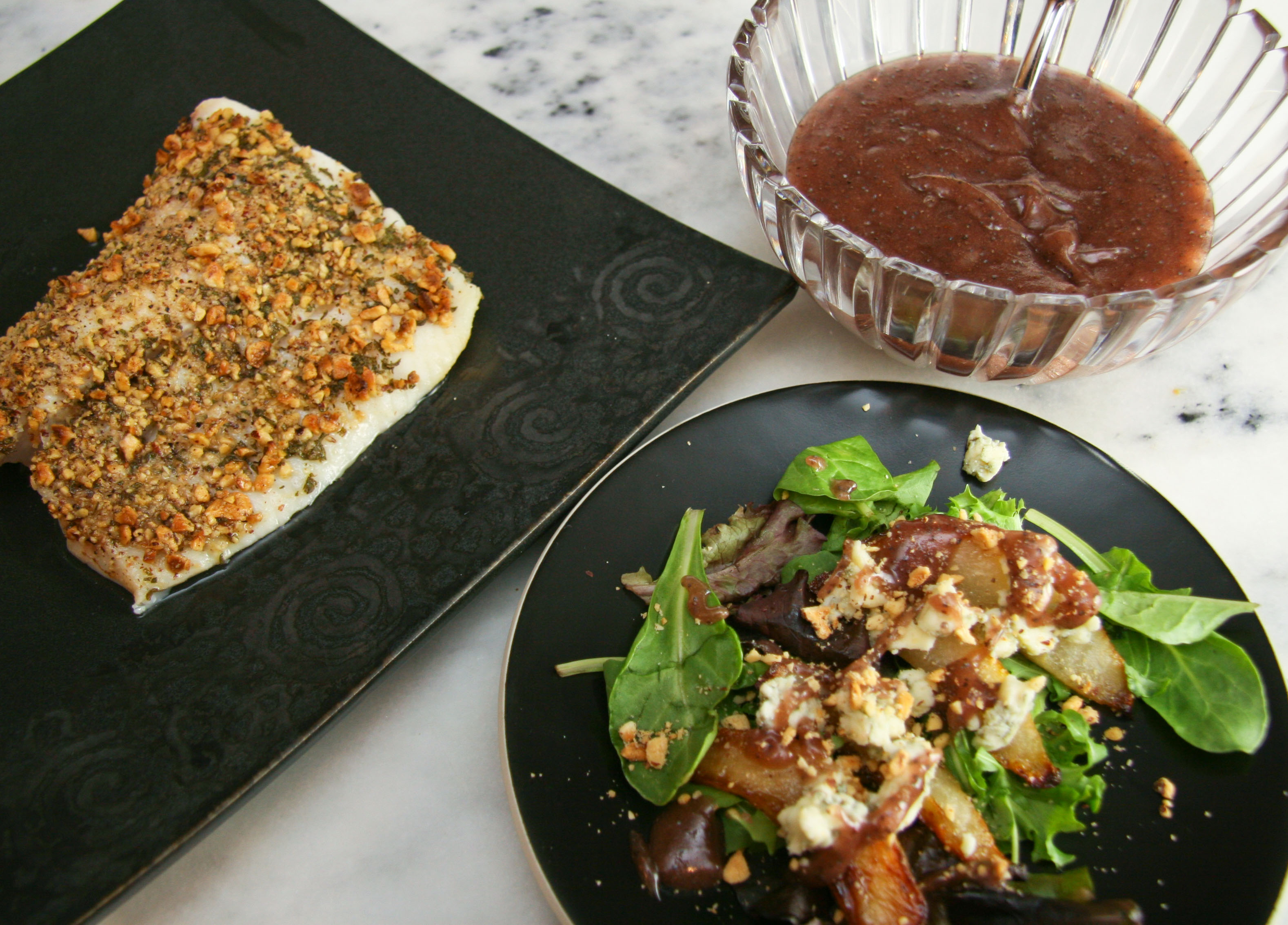
- Roasted Hazelnut- and Sage-crusted Halibut with Roasted Pear and Crater Lake Blue Cheese and Oregon Poppy Seed Dressing
We chose a pinot noir from nearby Firesteed for this meal. Firesteed is always dependable and a great value, especially when it’s on sale, which it was. Red wine with fish — are we nuts? Maybe!
Bon appétit!
— Charles
Category: Fruit, Nuts, Seafood, Wine/Wineries
About the Author (Author Profile)
Music, food and photography are at the center of Charles’ life. He performed with the Dallas Symphony, Dallas Opera and was assistant principal bassoonist with the Fort Worth Symphony for more than 20 years. When Charles and Victor moved to Baltimore, Charles created Lone Star Personal Chef and Catering Service and taught cooking classes at Williams-Sonoma. Now in Salem, Charles is a Realtor with Coldwell Banker Mountain West Real Estate, taught cooking classes for children at the A.C. Gilbert Discovery Village, and owns and operates Charles Price Photography. Charles and Vic enjoy entertaining and frequently host dinners as fundraisers for local non-profits and charities


















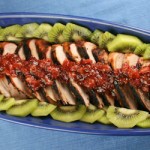
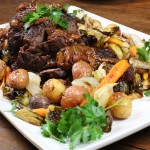
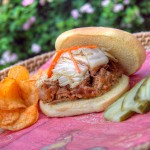
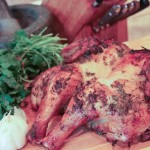
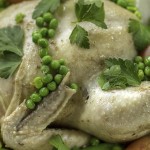

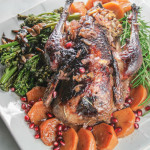
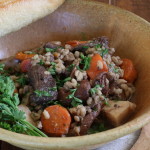
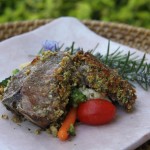
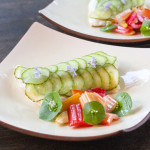
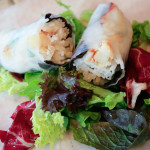
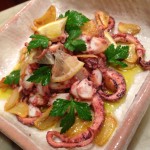

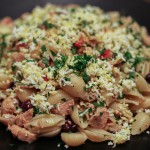
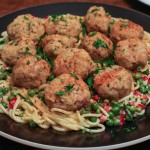
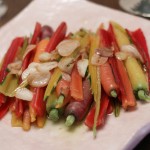
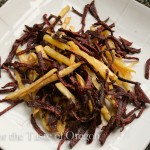

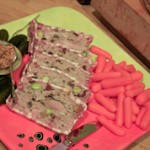
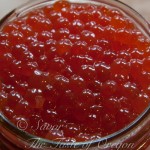
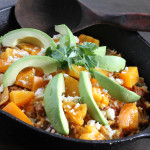
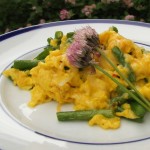
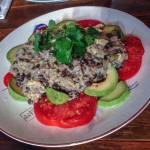
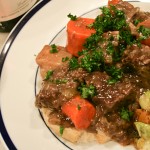
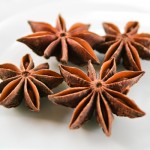
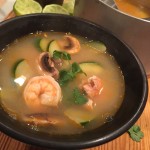

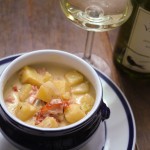
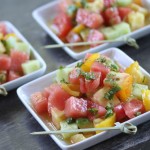
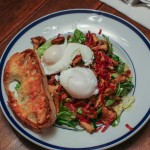
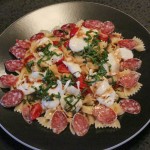
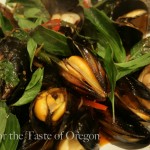

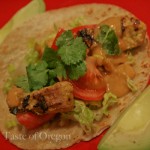

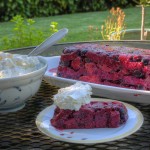
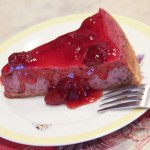
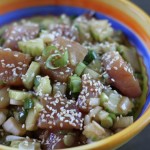
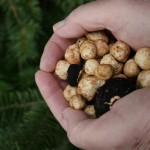
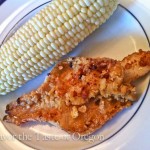

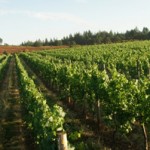
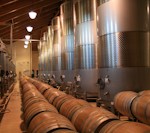
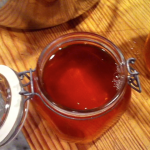


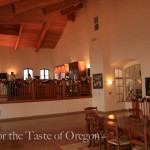

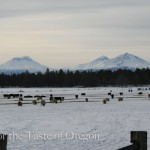






Ahh .. the magic of the Filbert
Echoing Steve: I thought Oregon was for filberts!
Doris - Found this.
Why are hazelnuts called filberts?
The most commonly accepted explanation is because hazelnuts mature on or around St. Philibert’s Day, August 20. Other historians believe the term filbert derives from the German vollbart meaning full beard, a reference to the appearance of the husked shell. Although the current definition of filbert tends to refer to commercial cultivated crops of hazelnuts, the terms hazelnut and filbert are generally used interchangeably. Hazelnuts are also known as cobnuts in some areas. Other experts claim these are all different varieties of the nut, but once shelled, they are quite difficult to tell apart.
A Wikipedia entry says that the filbert is a species of hazelnut.
This was a really great read, I am very glad I came across your site.
Hazelnuts are so under appreciated by most Americans. Glad to see you use them in a terrific and unexpected way.
[…] featured Helen Corbitt and her famous dressing in an earlier post from 2009. You can read about it here. This recipe is halved from the amounts there and here I used blackberry instead of raspberry. “I […]